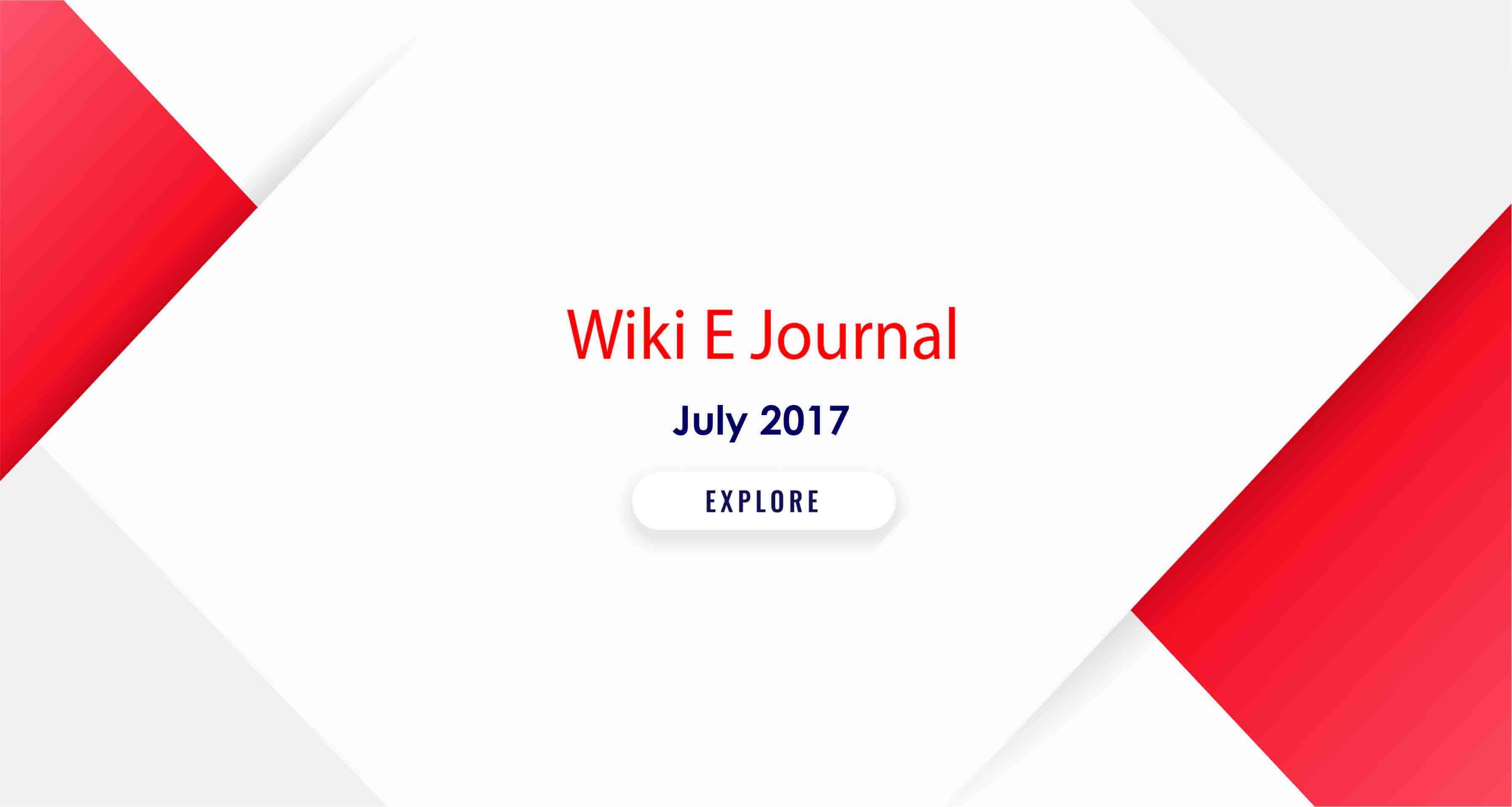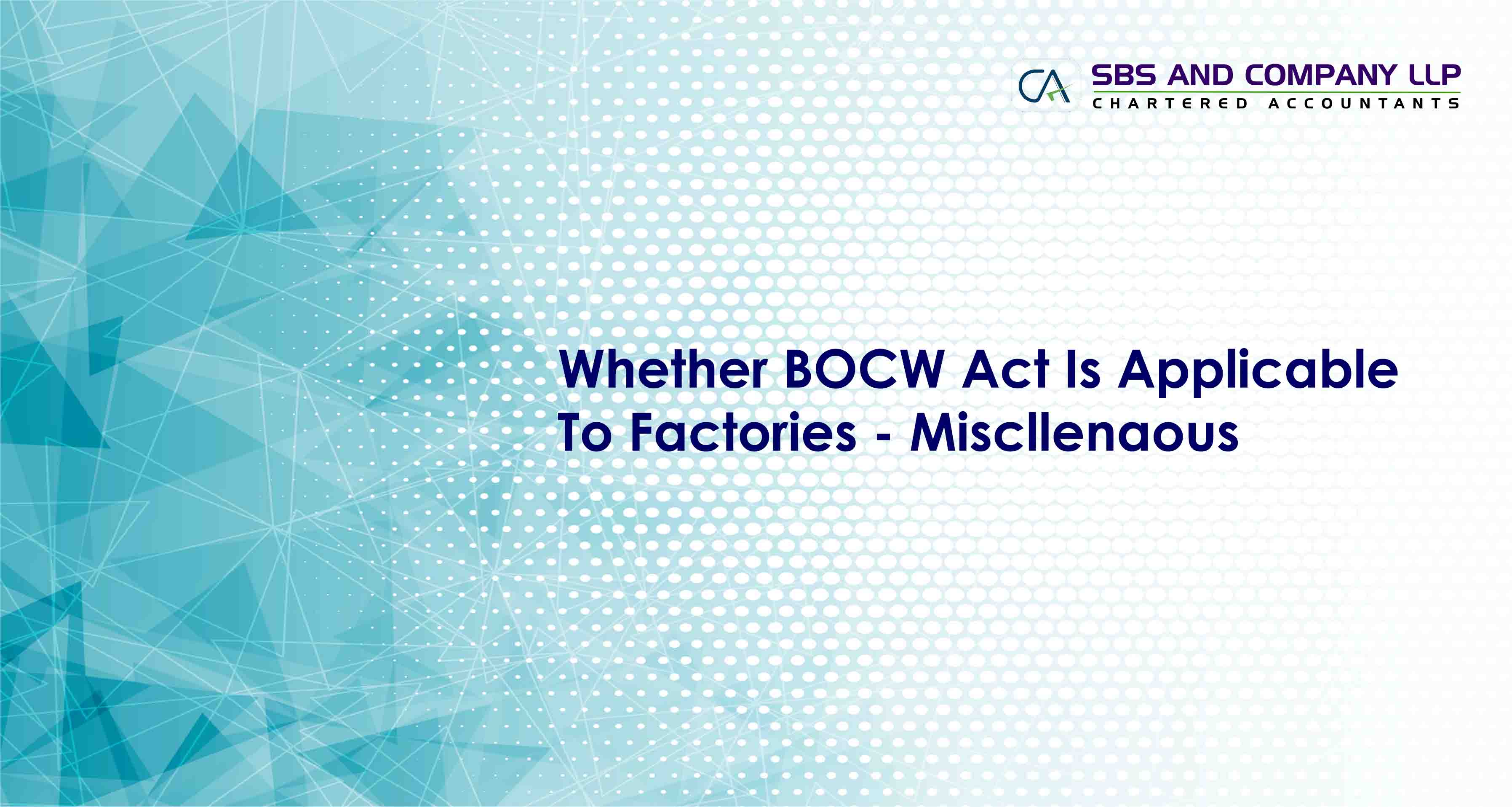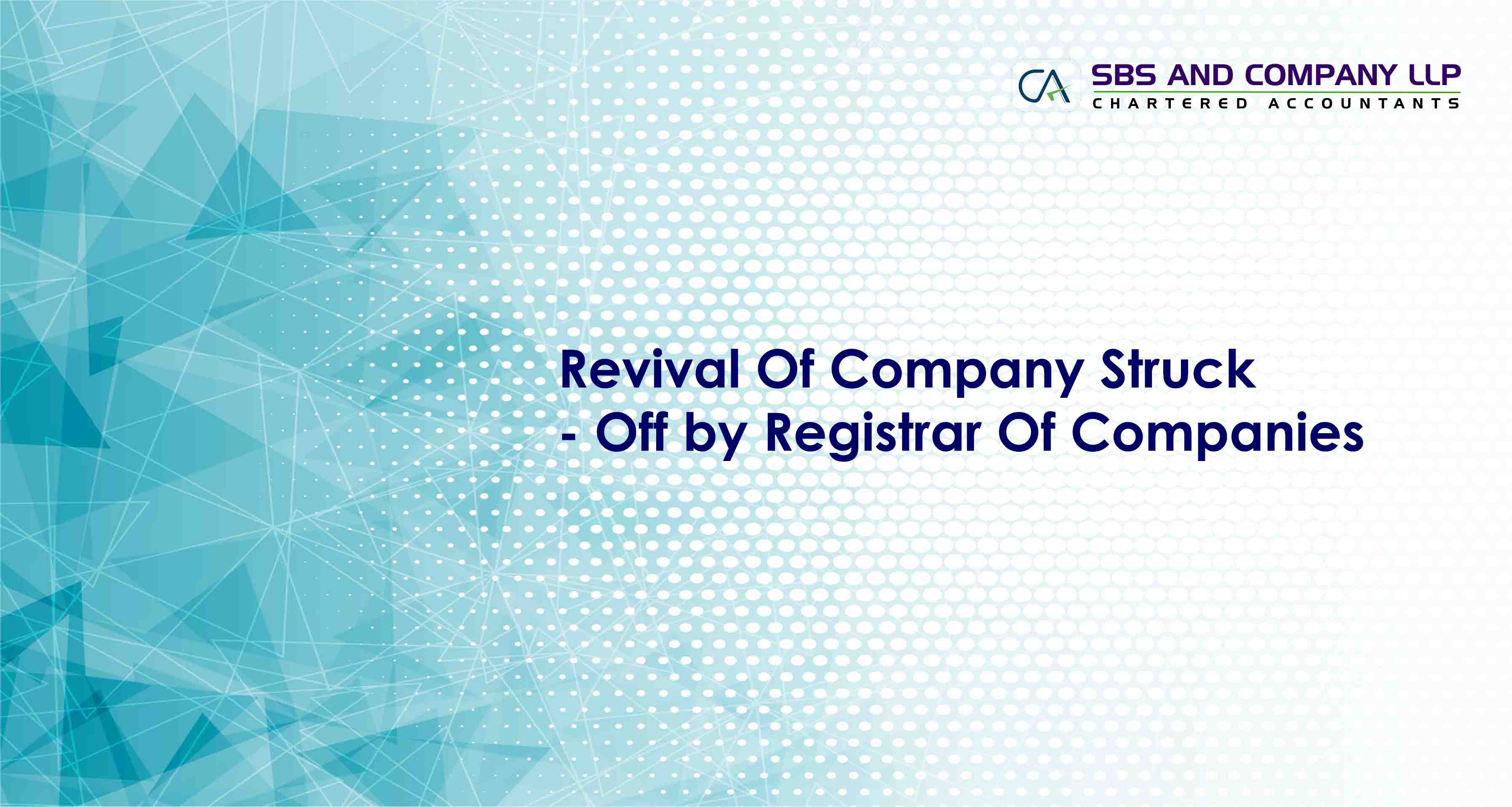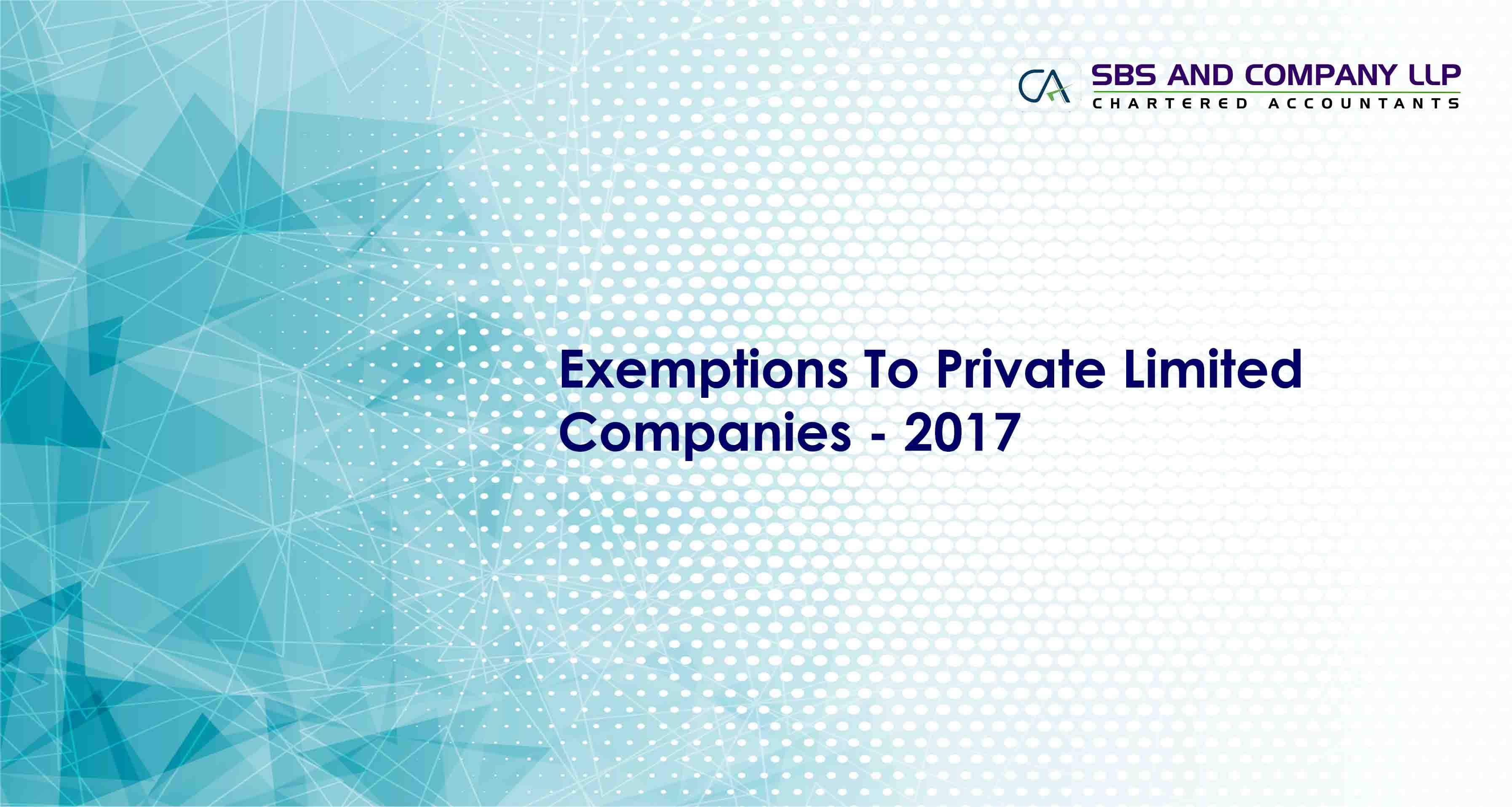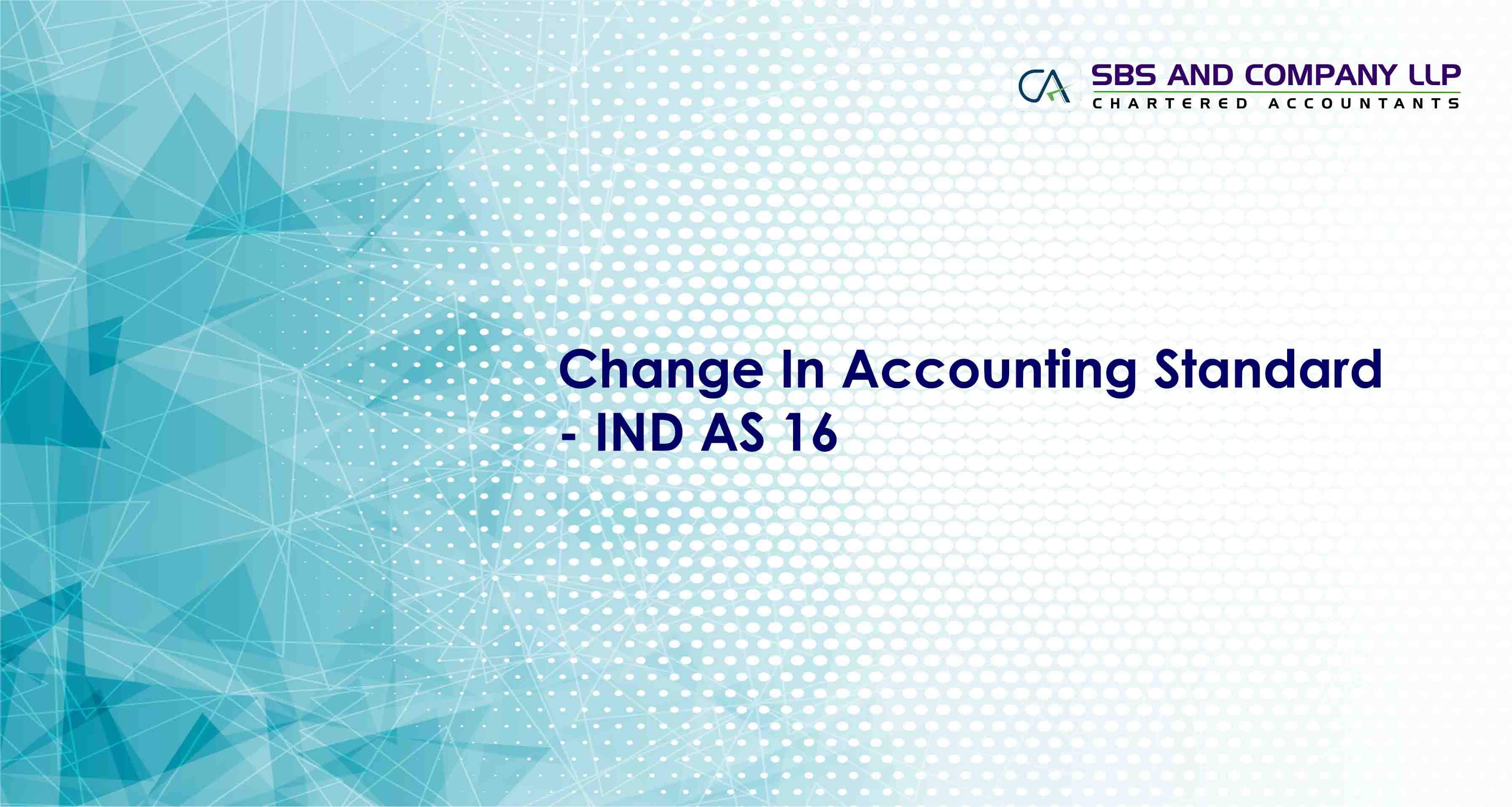Ind AS 16on Property Plant and Equipment and a difference between AS 10 Accounting for Fixed assets and AS 6 on Depreciation Accounting
On March 2016, MCA issued the Companies (Accounting Standards) Amendment Rules, 2016 and following are key amendment with revised AS 10, Property, Plant and Equipment (PP&E).
AS 6, Depreciation Accounting requirements for depreciation are now incorporated in revised AS 10.
AS 10, PP&E is largely aligned with Ind AS10, PP&E. Key new concepts in the standards are as follows:
Cost of an item of property, plant and equipment would be cash price equivalent at the recognition date. If payment is deferred beyond normal credit terms, the difference between the cash price equivalent and the total payment is recognised as interest over the period of credit unless such interest is capitalized in accordance with AS16 Borrowing cost.
Component accounting would be mandatory ( in line with Schedule II to the Companies Act, 2013 ( 2013 Act)
The depreciation method applied to asset would be required to be reviewed at least at each financial year end. If there is a change in the method , then such change would be accounted for as a change in accounting estimate in accordance with AS 5, Net profit or loss for the period, Prior period items and changes in Accounting policies.
Transitional Provisions
For the revisions where specific transitional provisions have not been prescribed, the requirements of AS 5 for changes in accounting policies shall apply i.e. companies will be required to apply the changes retrospectively.
Following are the transitional provisions:
AS 10
Where an entity has in past recognised an expenditure in the statement of profit and loss which is eligible to be included as a part of the cost of a project for construction property, plant and equipment in accordance with the requirements of paragraph 9 of AS 10, it may do so retrospectively for such a project. The effect of such retrospective application of this requirement should be recognised net-of –tax in revenue reserves.
Where one or more items of property , plant and equipment have been acquired in exchange for a non
– monetary asset or assets, or a combination of monetary and non – monetary assets, then the initial measurement of an item of property, plant and equipment acquired in an exchange of assets transaction should be applied prospectively only to transactions entered into after AS 10 becomes mandatory.
5 | P a g e
SBS Wiki www.sbsandco.com/wiki
On the date of AS 10 becoming mandatory, the spare parts, which hitherto were being treated as inventory under AS 2 and are now required to be capitalized in accordance with the requirements of AS 10, should be capitalized at their respective carrying amounts. The spare parts so capitalized should be depreciated over their remaining useful lives prospectively as per the requirement of AS 10.
The revaluation model should be applied prospectively as per the revised guidance. In case any entity does not adopt the revaluation model as its accounting policy but the carrying amount of item(s) property, plant and equipment reflects any previous revaluation, then it should adjust the amount outstanding in the revaluation reserve against the carrying amount of that item. However, the carrying amount of that item should never be less then residual value and any excess of the amount outstanding as revaluation reserve over the carrying amount of that should be adjusted in revenue reserves.
Difference between Ind AS 16 on Property, Plant and Equipment, existing AS 10 on Accounting for Fixed Assets and AS 6 on Depreciation Accounting
- Existing AS 10 specifically excludes accounting for real estate developers from its scope, whereas Ind AS 16 does not exclude such developers from its scope.
- Ind AS 16, apart from defining the term property, plant and equipment, also lays down the following criteria which should be satisfied for recognition of items of property, plant and equipment i.e:
- it is probable that future economic benefits associated with the item will flow to the entity, and
- the cost of the item can be measured reliably.
Existing AS 10 does not lay down any specific recognition criteria for recognition of a fixed asset. As per the standard, any item which meets the definition of a fixed asset should be recognised as a fixed asset.
- As per Ind AS 16, initial costs as well as the subsequent costs are evaluated on the same recognition principles to determine whether the same should be recognised as an item of property, plant and equipment. Existing AS 10 on the other hand, prescribes separate recognition principles for subsequent expenditure. As per existing AS 10, subsequent expenditures related to an item of fixed asset are capitalized only if they increase the future benefits from the existing asset beyond its previously assessed standard of performance. (Paragraph 7 of Ind AS 16 and Paragraph 12 of existing AS 10)
- Ind AS 16 requires that major spare parts qualify as property, plant and equipment when an entity expects to use them during more than one period and when they can be used only in connection with an item of property, plant and equipment. As per existing AS 10, only those spares are required to be capitalized which can be used only in connection with a fixed asset and whose use is expected to be irregular. (Paragraph 8 of Ind AS 16 and Paragraph 8.2 of existing AS 10)
- Ind AS 16 is based on the component approach. Under this approach, each major part of an item of property plant and equipment with a cost that is significant in relation to the total cost of the item is depreciated separately. As a corollary, cost of replacing such parts is capitalized, if recognition criteria are met with consequent derecognition of carrying amount of the replaced part. The cost of replacing those parts which have not been depreciated separately is also capitalised with the consequent
6 | P a g e
|
Changes in Accounitng Standard - IND AS 16
|
SBS Wiki www.sbsandco.com/wiki
derecognition of the replaced parts. If it is not practicable for an entity to determine the carrying amount of the replaced part, it may use the cost of the replacement as an indication of what the cost of the replaced part was at the time it was acquired or constructed.
Existing AS 10, however, does not mandatorily require full adoption of the component approach. It recognizes the said approach in only one paragraph by stating that accounting for a tangible fixed asset may be improved if total cost thereof is allocated to its various parts. Apart from this, neither existing AS 10 nor existing AS 6 deals with the aspects such as separate depreciation of components, capitalizing the cost of replacement, etc. (Paragraphs 43, 70 of Ind AS 16 and paragraph 8.3 of Existing AS 10)
- Ind AS 16 requires that the cost of major inspections should be capitalised with consequent derecognition of any remaining carrying amount of the cost of the previous inspection. Existing AS 10 does not deal with this aspect. (Paragraph 14 of Ind AS 16)
- In line with the requirement of Ind AS 37 Provisions, Contingent Liabilities and Contingent Assets, for creating a provision towards the costs of dismantling and removing the item of property plant and equipment and restoring the site on which it is located at the time the item is acquired or constructed, Ind AS 16 requires that the initial estimate of the costs of dismantling and removing the item and restoring the site on which it is located should be included in the cost of the respective item of property plant and equipment. Existing AS 10 does not contain any such requirement. (Paragraphs16
(c) and 18 of Ind AS 16)
- Ind AS 16 requires an entity to choose either the cost model or the revaluation model as its accounting policy and to apply that policy to an entire class of property plant and equipment. It requires that under revaluation model, revaluation be made with reference to the fair value of items of property plant and equipment. It also requires that revaluations should be made with sufficient regularity to ensure that the carrying amount does not differ materially from that which would be determined using fair value at the balance sheet date.
Existing AS 10 recognizes revaluation of fixed assets. However, the revaluation approach adopted therein is ad hoc in nature, as it does not require the adoption of fair value basis as its accounting policy or revaluation of assets with regularity. It also provides an option for selection of assets within a class for revaluation on systematic basis. (Paragraphs 29 and 31 of Ind AS 16 and paragraph 27 of existing AS 10)
- Ind AS 16 provides that the revaluation surplus included in equity in respect of an item of property plant and equipment may be transferred to the retained earnings when the asset is derecognized. This may involve transferring the whole of the surplus when the asset is retired or disposed of. However, some of the surplus may be transferred as the asset is used by an entity. In such a case, the amount of the surplus transferred would be the difference between the depreciation based on the revalued carrying amount of the asset and depreciation based on its original cost. Transfers from revaluation surplus to the retained earnings are not made through profit or loss. (Paragraph 41 of Ind AS 16)
As compared to the above, neither existing AS 10 nor existing AS 6 deals with the transfers from revaluation surplus. To deal with this aspect, the Institute issued a Guidance Note on Treatment of Reserve Created on Revaluation of Fixed Assets. The Guidance Note provides that if a company has
7 | P a g e
|
Changes in Accounitng Standard - IND AS 16
|
SBS Wiki www.sbsandco.com/wiki
transferred the difference between the revalued figure and the book value of fixed assets to the ‘Revaluation Reserve’ and has charged the additional depreciation related thereto to its profit and loss account, it is possible to transfer an amount equivalent to accumulated additional depreciation from the revaluation reserve to the profit and loss account or to the general reserve as the circumstances may permit, provided suitable disclosure is made in the accounts. However, the said Guidance Note also recognises that it would be prudent not to charge the additional depreciation arising due to revaluation against the revaluation reserve.
- With regard to self-constructed assets, Ind AS 16, specifically states that the cost of abnormal amounts of wasted material, labour, or other resources incurred in the construction of an asset is not included in the cost of the assets. Existing AS 10 while dealing with self-constructed fixed assets does not mention the same. (Paragraph 22 of Ind AS 16)
- Ind AS 16 provides that the cost of an item of property, plant and equipment is the cash price equivalent at the recognition date. If payment is deferred beyond normal credit terms, the difference between the cash price equivalent and the total payment is recognised as interest over the period of credit unless such interest is capitalised in accordance with Ind AS 16. Similarly, the concept of cash price equivalent has been followed in case of disposal of fixed assets also. Existing AS 10 does not contain this requirement. (Paragraphs 23 and 72 of Ind AS 16)
- Existing AS 10 specifically deals with the fixed assets owned by the entity jointly with others. Ind AS 16 does not specifically deal with this aspect as these would basically be covered by Ind AS 31 as jointly controlled assets. (Paragraph 15.2 of existing AS 10)
- Existing AS 10 specifically deals with the situation where several assets are purchased for a consolidated price. It provides that the consideration should be apportioned to the various assets on the basis of their respective fair values. However, Ind AS 16 does not specifically deal with this situation. (Paragraph 15.3 of existing AS 10)
- Ind AS 16 requires that the residual value and useful life of an asset be reviewed at least at each financial year-end and, if expectations differ from previous estimates, the change(s) should be accounted for as a change in an accounting estimate in accordance with AS 5. Under existing AS 6, such a review is not obligatory as it simply provides that useful life of an asset may be reviewed periodically. (Paragraph 51 of Ind AS 16)
- Ind AS 16 requires that the depreciation method applied to an asset should be reviewed at least at each financial year-end and, if there has been a significant change in the expected pattern of consumption of the future economic benefits embodied in the asset, the method should be changed to reflect the changed pattern. In existing AS 6, change in depreciation method can be made only if the adoption of the new method is required by statute or for compliance with an accounting standard or if it is considered that the change would result in a more appropriate preparation or presentation of the financial statements. (Paragraph 61 of Ind AS 16)
- Ind AS 16 requires that change in depreciation method should be considered as a change in accounting estimate and treated accordingly. In existing AS 6, it is considered as a change in accounting policy and treated accordingly. (Paragraph 61 of Ind AS 16)
8 | P a g e
|
Changes in Accounitng Standard - IND AS 16
|
SBS Wiki www.sbsandco.com/wiki
- Ind AS 16 requires that compensation from third parties for items of property, plant and equipment that were impaired, lost or given up should be included in the statement of profit and loss when the compensation becomes receivable. Existing AS 10 does not specifically deal with this aspect. (Paragraph 65 of Ind AS 16)
- Ind AS 16 specifically provides that gains arising on de-recognition of an item of property, plant and equipment should not be treated as revenue as defined in AS 9. Existing AS 10 is silent on this aspect. (Paragraph 68 of Ind AS 16)
- Ind AS 16 deals with the situation where entities hold the items of property, plant and equipment for rental to others and subsequently sell the same. No such provision is there in existing AS 10. (Paragraph 68A of Ind AS 16)
- Ind AS 16 does not deal with the assets ‘held for sale’ because the treatment of such assets is covered in Ind AS 105 Non-current Assets Held for Sale and Discontinued Operations. Existing AS 10 deals with accounting for items of fixed assets retired from active use and held for sale.
- Ind AS 16 requires that if property, plant and equipment is acquired in exchange for a non-monetary asset, it should be recognised at its fair value unless (a) the exchange transaction lacks commercial substance or (b) the fair value of neither the asset received nor the asset given up is reliably measurable. The existing standard requires that when a fixed asset is acquired in exchange for another asset, its cost is usually determined by reference to the fair market value of the consideration given. It may be appropriate to consider also the fair market value of the asset acquired if this is more clearly evident. Existing AS 10 also prescribes an alternative accounting treatment that is sometimes used for an exchange of assets, particularly when the assets exchanged are similar, is to record the asset acquired at the net book value of the asset given up; in each case an adjustment is made for any balancing receipt or payment of cash or other consideration.
- Ind AS 16 includes Appendix A which addresses how the changes in the measurement of an existing decommissioning, restoration and similar liability that result from changes in the estimated timing or amount of the outflow of resources embodying economic benefits required to settle the obligation, or a change in the discount rate, shall be accounted for.
The disclosure requirements of Ind AS 16 are significantly elaborate as compared to AS 10/AS 6. New AS 10 has come into force on March 30th, 2016


